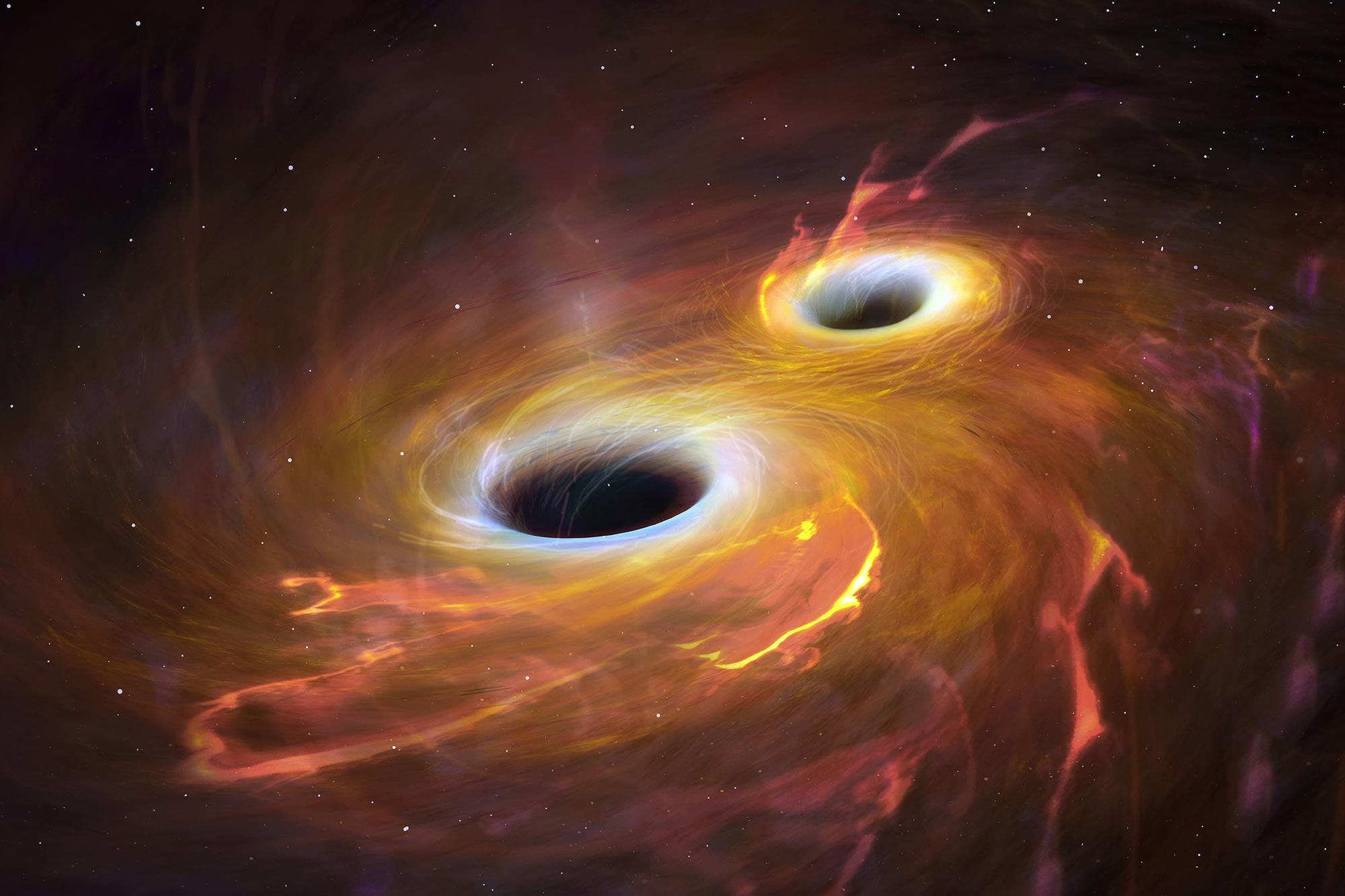About Me
I am a fifth year PhD student in the Astrophysical Sciences and Technology program at Rochester Institute of Technology. Closely focused on gravitational wave astronomy, my research investigates the intricate signatures of eccentricity potentially present in signals from some binary black hole mergers. The presence of eccentricity may offer insight into the formation mechanisms of these binaries. Beyond the perhaps more conventional path of the isolated evolution of massive stars, the presence of eccentricity hints at dynamical processes at play during binary black hole formation. My work seeks to test the limits of our ability to recover the amount of eccentricity in a signal should it be present.
I am also passionate about astrophysics outreach. A substantial aspect of this commitment has involved creating accessible introductory research resources, tailored especially for high school students. I am particularly drawn to addressing historical gender disparities in the field. By extending my efforts to engage young women in particular, my aim is to cultivate a profound interest in astrophysics and to empower the next generation of accomplished women scientists.


